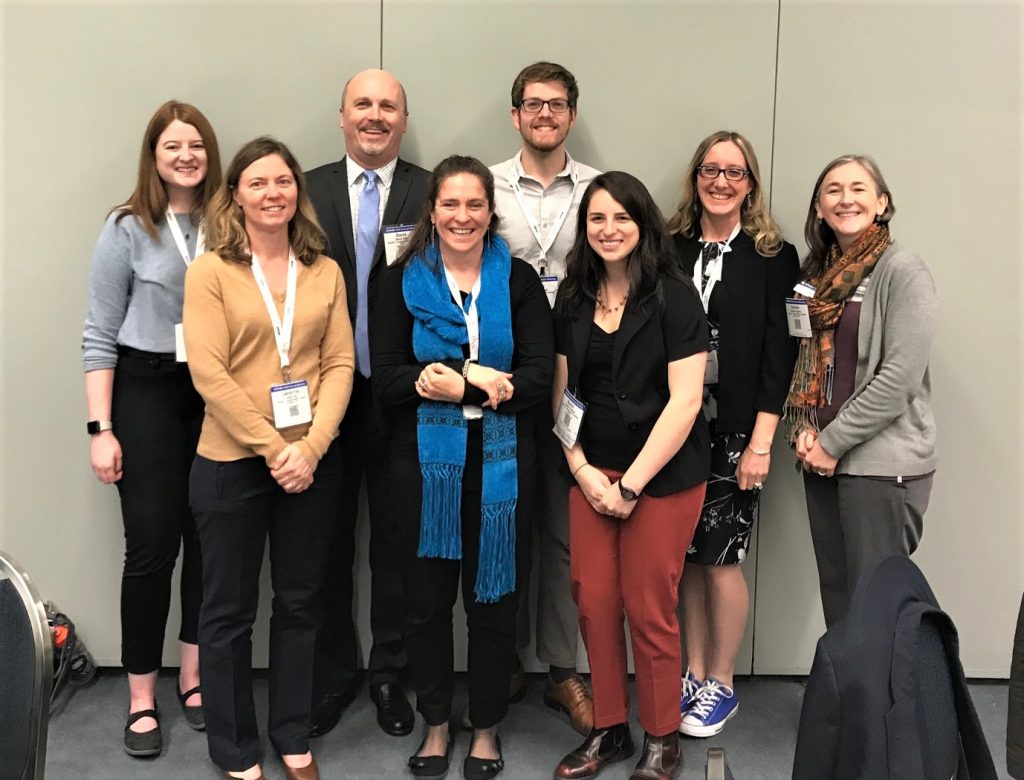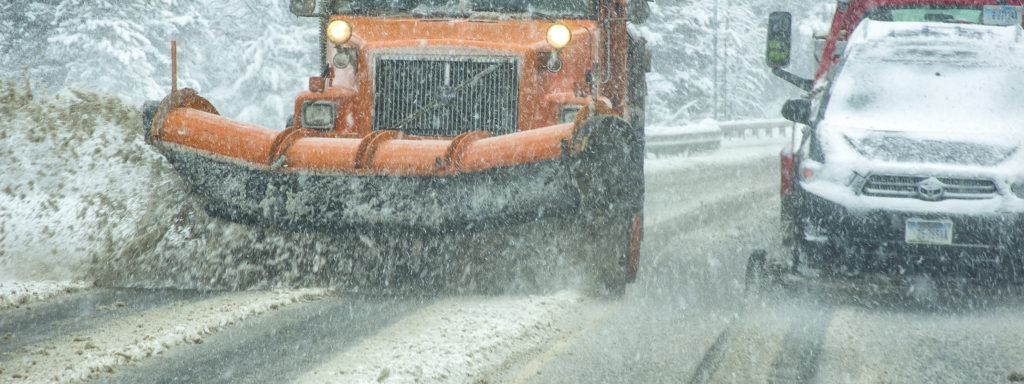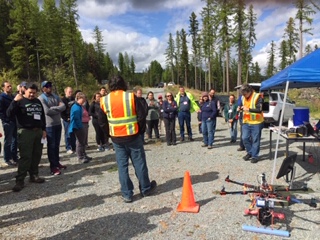Postcards from TRB

Fourteen WTI researchers, affiliated faculty, fellows, and staff have returned from a busy and productive week at the Transportation Research Board (TRB) Annual Meeting in Washington, D.C. The premier transportation research event of the year, the meeting is attended by more than 13,000 transportation leaders, practitioners, and researchers from around the world. The U.S. Secretary […]
Winter Maintenance Research in the News

As winter gets underway, state Departments of Transportation are planning their snow and ice maintenance programs. In the process, they are considering findings and recommendations from WTI research projects. The Kansas Department of Transportation is incorporating alternative products into its deicer mix. The Hutchinson News published a recent article entitled “KDOT using beet juice to […]
12th TRB International Conference on Low Volume Roads comes to Kalispell, Montana

Kalispell, Montana proved to be an ideal venue for the 12th TRB International Conference on Low Volume Roads, held in late September. Sponsored by the Transportation Research Board and co-sponsored by the Forest Service, U.S. Department of Agriculture, the conference welcomed 250 participants from 22 countries who experienced low volume roads in northwest Montana firsthand. […]
International Conference on Low Volume Roads – Registration Now Open!
Plan now to attend the 12th TRB International Conference on Low Volume Roads, being held September 15–18, 2019 in Kalispell, Montana. Register by May 15 to take advantage of the reduced Early Bird rate. WTI is the local host for this conference, so please help spread the word to colleagues in your network. The conference […]
WTI Director Looks Forward to 2019, Launching New Projects and Hosting National Event
With the start of the new year, WTI Director Steve Albert sees a busy calendar ahead for himself and the organization as a whole – and that’s a good thing. “Over the last few years we’ve seen a lot of amazing advancements in the transportation field, but also a lot of uncertainty about the future […]
NEW PROJECT: WTI to Create a Guidebook for Transportation Agencies on Unpaved Roads
For roads with very low traffic volumes, some transportation agencies have found that that these roadways can be maintained more economically and at a higher level of service with an unpaved or granular surface, as compared with attempting to maintain an old paved surface. Through this project, WTI will develop a comprehensive information resource on […]
NEW PROJECT: MDT and WTI to Continue Research on Bridge Support Systems
The Montana Department of Transportation (MDT) has found concrete-filled steel tube (CFST) piles connected at the top by a concrete pile cap to be a very cost-effective support system for short and medium span bridges. This type of system offers low initial cost, short construction time, low maintenance requirements, and a long service life. While […]
WTI helps NW Bozeman neighbors bring their vision for safer streets to life!
WTI’s Bozeman Commuter Project is working with Bozeman neighborhoods to implement Pop-up Traffic Calming projects to reduce drivers speeds on residential streets, and bring more visibility to bikes and pedestrians. This weekend residents of Northwest Bozeman in the Valley Unit neighborhood will be setting up a temporary demonstration of curb extensions and a traffic circle […]
